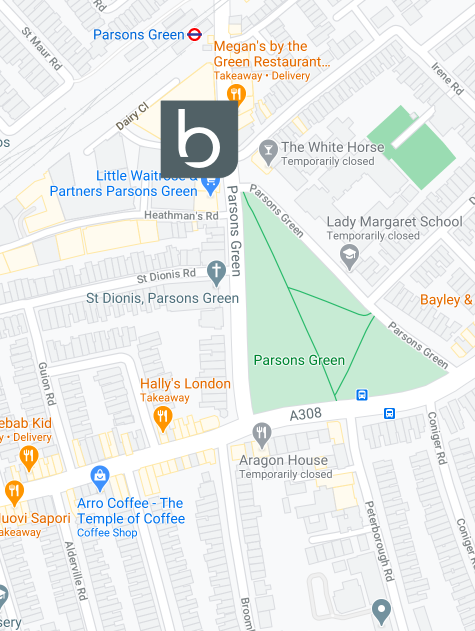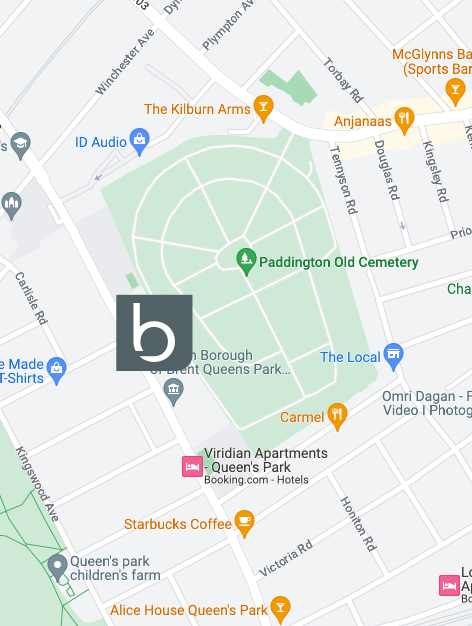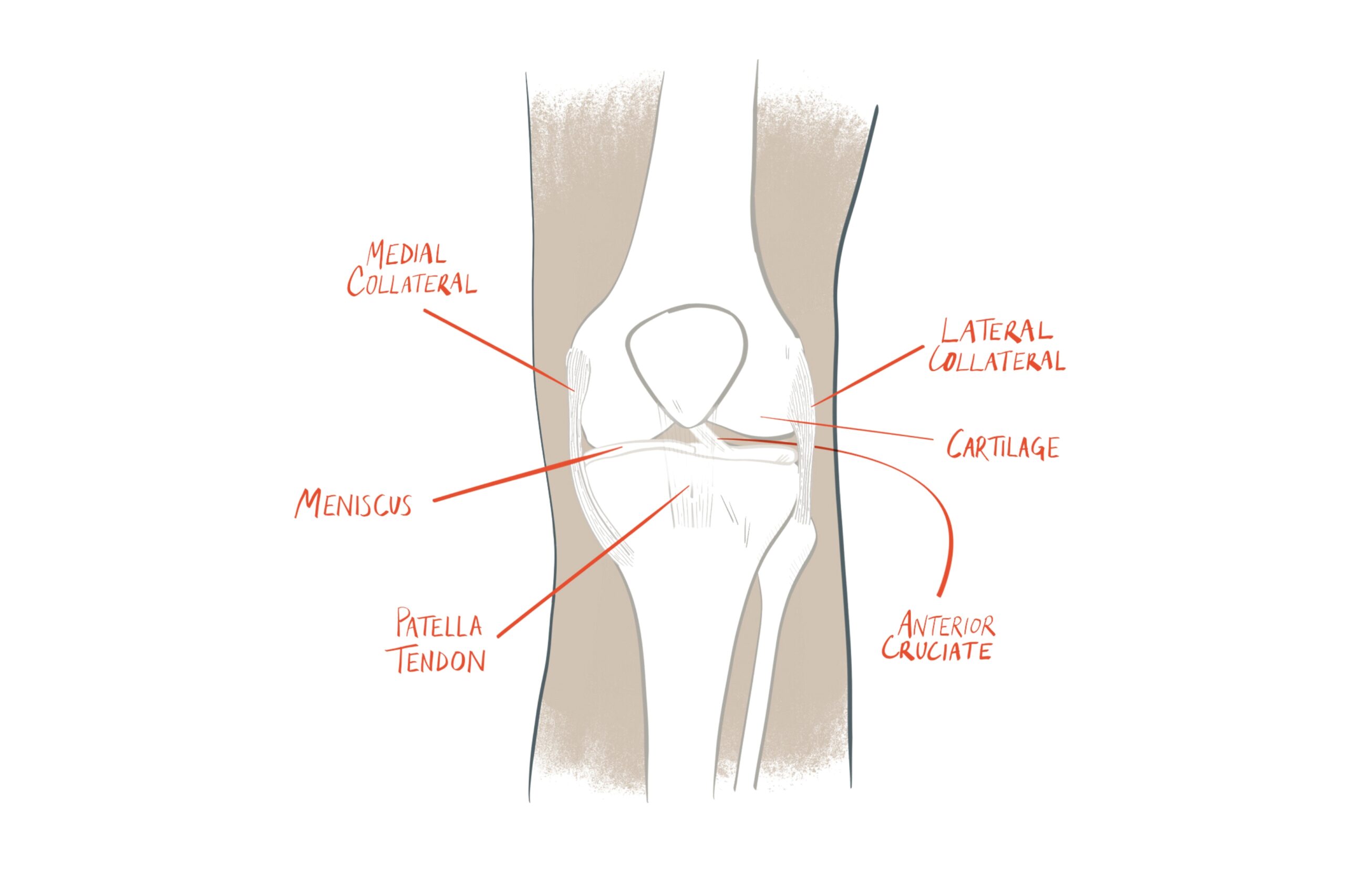
Close
Enquiry
Please see contact information below or complete the form and we will get in touch with you.

Parsons Green
3rd Floor Brigade House
8 Parsons Green
London
SW6 4TN

Queen's Park
2nd Floor
105-109 Salusbury Road
London
NW6 6RG

Jesse's House
8-10 Heathmans Road
Parsons Green
London
SW6 4TJ
Patellofemoral knee pain: everything you need to know

Patellofemoral pain (PFP/PFPS), also known as patellofemoral joint pain (PFJ), is one of the most common types of knee injury that physiotherapists see in their clinics. It effects both the young and old, and occurs mainly in active people, although it can also develop in the inactive. It is suffered by 23% of the general population, rising to 29% in adolescents. This can rise to 45% in the sporting population.
This blog is a guide to patellofemoral pain, featuring information about the nature of the injury, common symptoms, treatment options and recovery timelines.
Patellofemoral pain: key symptoms
So, what are the symptoms of this injury? Knee pain usually develops gradually, rather than due to one specific incident.
Patellofemoral pain is most commonly located around the front of the knee. Patients may also have a sense of tightness in the knee area.
Running, sporting activities, walking down stairs and sitting for prolonged periods can aggravate these symptoms.
What causes patellofemoral pain?
When a normal/pain-free knee bends, the knee cap is pulled over the end of the thigh bone by the thigh muscle in a straight line.
However, patients with patellofemoral joint pain usually have abnormal patella tracking, with the knee cap pulled towards the outside of the joint. This out-of-alignment pathway causes the under-surface of the patella to ‘grate’ and ‘grind’ within the joint, causing knee inflammation and pain.
Factors that may be leading to patellofemoral syndrome include:
- Rapid increased activity and/or load
- Poor foot posture and strength
- Poor pelvic posture and strength
- Anatomical variations in the knee joint which can predispose PFP
How to treat PFPS injury
PFP should not be dismissed, ignored or ‘got on with’. The longer you leave your injury, the longer your recovery will take.
If you rest, you will experience knee pain relief, but the underlying problem will remain.
If you keep using your knee while you have an injured knee cap, your pain will get worse and you will alter your movement patterns (walking/running style). The strength deficits that result from the injury will also cause issues in adjacent muscles and joints.
When the symptoms first occur, see your GP for advice and ask for a referral to an experienced physiotherapist, who should devise a targetted rehab programme for you.
This will involve manual therapies to relieve your pain, such massage, mobilisation and taping. This should be followed up with exercise rehabilitation to correct your biomechanics and replenish strength deficits. Without this second stage of treatment, it is likely that the injury will recur.
How long will my recovery from my knee injury take?
Unfortunately there is no definitive answer to this question. Every patient’s recovery time is unique and is affected by a number of factors including…
- Age
- Hormones
- Physical and mental stress
- Postural pressure caused by extended sitting
- Nutrition
- Sleep
- Other health issues
PFP is, in essence, knee cartilage damage/‘bruise’ inside your joint, often with soft tissue inflammation around it. With treatment to ease the pressure, the soft tissue will settle within a couple of weeks, but the ‘bruising’ can take a couple of months to heal as cartilage is slow to repair.
The long-term solution to patella femoral pain requires significant strength and movement control improvements to reduce the pressure in the cartilage and allow it to recover. The strength changes take six to 12 weeks to develop and sometimes longer if the knee injury is more chronic.
Beyond Health: how we can help
Are you looking for a physio near you? Beyond Health is a leading physiotherapy studio, based in Parsons Green, west London. We believe that high quality rehabilitation equals high quality results, and with this in mind we have developed RESTORE>PERFORM>TRANSFORM, a three-step process for taking patients from pain to exceptional performance.
This includes our experienced physiotherapists creating an individualised recovery plan for you, featuring exercise rehabilitation, manual therapy, osteopathy, massage and assessment of your running style and seated posture. They will also assess your susceptibility to reinjury and associated secondary injuries.
RESTORE>PERFORM>TRANSFORM is all about getting you back exercising and performing to a level that exceeds your expectations.
Three-quarters of patellofemoral syndrome sufferers experience chronic pain for many years after the first diagnosis. This is usually due to poor quality or incomplete rehabilitation. At Beyond Health, our physios offer an expert service to ensure lasting recovery, focusing on long-term solutions, not fast fixes.
Book a consultation with us by getting in touch here.

